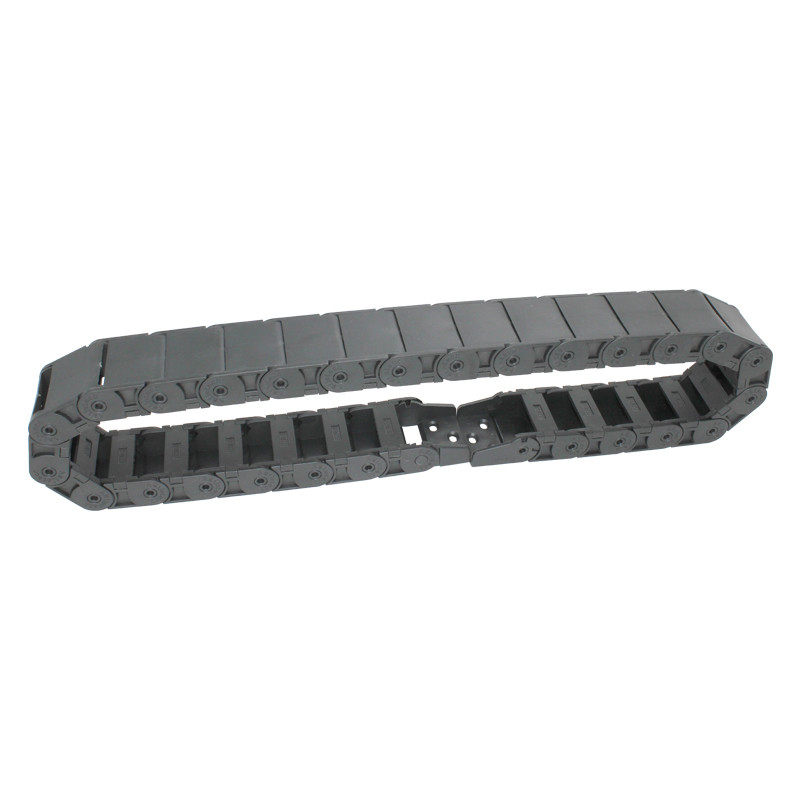Understanding the Benefits and Applications of Synchronous V Belts in Mechanical Systems
The Versatility of Synchronous V Belts A Comprehensive Overview
Synchronous V belts, also known as timing belts, are crucial components in various mechanical systems and applications. These belts are designed to transmit power efficiently while maintaining the synchronization necessary for the optimal functioning of machinery. This article delves into the features, benefits, applications, and maintenance of synchronous V belts, shedding light on why they are a preferred choice in numerous industries.
Understanding Synchronous V Belts
Synchronous V belts are characterized by their tooth-like structures that fit into corresponding grooves on pulleys. This design enables them to achieve positive engagement with the pulleys, preventing slippage. As a result, the rotational movement of one pulley is accurately transferred to another, allowing for precise control of speed and timing in mechanical operations.
Made from high-quality materials such as neoprene, polyurethane, or rubber, these belts are crafted to withstand varying levels of stress and environmental conditions. Their durability is enhanced by reinforcement fibers, typically made from polyester or aramid, which contribute to the belt's tensile strength and resistance to wear.
Key Benefits of Synchronous V Belts
One of the most significant advantages of synchronous V belts is their efficiency. Unlike traditional belts, which can slip under heavy loads or variable speeds, synchronous V belts provide reliable power transmission by maintaining a constant connection with their pulleys. This leads to improved energy efficiency and less wasted power, making them a cost-effective choice for businesses.
Additionally, the absence of slippage allows synchronous V belts to maintain precise timing in applications like automotive engines, conveyor systems, and robotics. This precision is crucial in industries where timing affects product quality, such as manufacturing and assembly lines.
Another notable benefit is their minimal maintenance requirements. Synchronous V belts do not require frequent adjustments or tensioning like other belt types. This feature reduces downtime during operations, allowing for more efficient workflow and productivity.
synchronous v belt

Applications Across Industries
Synchronous V belts are used in various applications across multiple industries. In the automotive industry, they play a vital role in engine timing systems, ensuring that crankshafts and camshafts rotate in unison. This synchronization is critical for optimal engine performance and efficiency.
In manufacturing, these belts drive machinery such as CNC machines, conveyor systems, and packaging equipment. Their precise control over movement helps improve automation processes, enhancing productivity and reducing the risk of errors. Additionally, synchronous V belts are often found in textile machinery, woodworking equipment, and agricultural machines, showcasing their versatility across sectors.
Maintenance and Lifespan
While synchronous V belts are designed for durability, proper maintenance is still essential to ensure their longevity and performance. Regular inspections can help identify signs of wear, such as fraying, cracking, or tooth degradation. It's crucial to replace belts showing these signs before they fail, as a failed belt can lead to significant downtime and costly repairs.
Proper installation is also vital. Ensuring that the belt is aligned correctly and that the pulleys are free of debris can prevent premature wear and enhance overall efficiency. Maintaining the correct tension is crucial; too loose, and the belt will slip, while too tight can cause excessive wear on both the belt and the pulleys.
Conclusion
Synchronous V belts are indispensable components in modern mechanical systems, offering efficiency, precision, and reliability. Their applications span a wide range of industries, making them a versatile solution for power transmission needs. By understanding their benefits and implementing regular maintenance, businesses can leverage the advantages of synchronous V belts to enhance performance and productivity. As technology continues to advance, the role of these belts will undoubtedly evolve, further solidifying their place in the machinery of the future.








